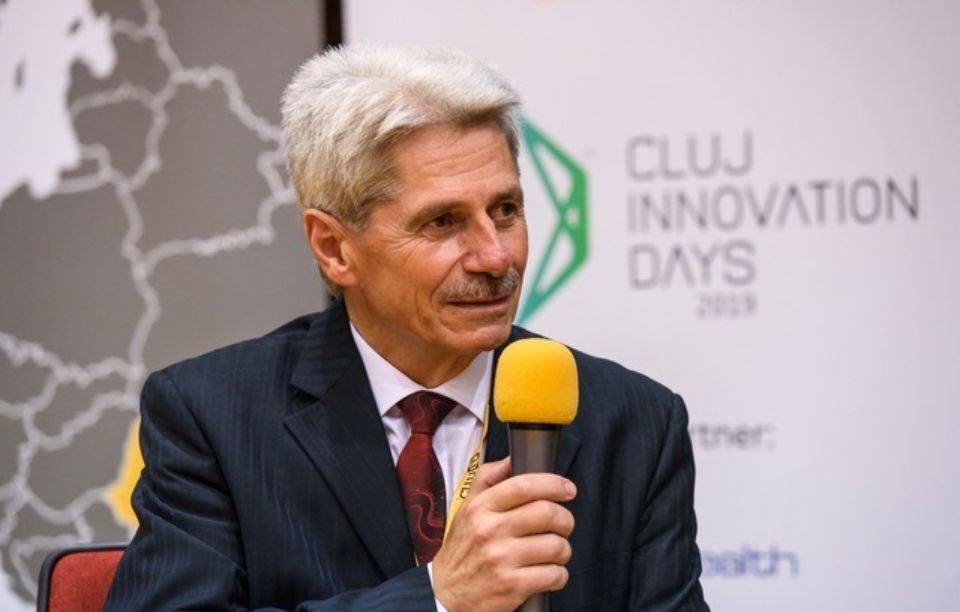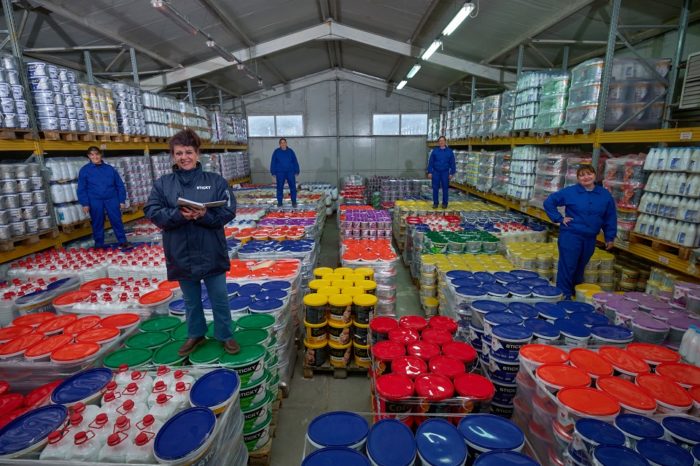On Mirrors and Captivity

Article by Alexandru Tulai, Change Management Specialist
For quite a while now, a phenomenon has arisen at the IT solution providers on the market which causes me great discomfort. Having observed this (too) many times, I have decided to try to explain it to myself, and to perhaps identify at least one major cause of it. I have worked with many companies that started well, grew at a spectacular pace into an SME of typical size, created outstanding products/services, and then just as quickly their evolution and growth ceased. The size they stop at tends to be the same. The symptom I have regularly identified is their inability to scale; but the real cause, we will discover, is actually a certain type of managerial or decision-making incapacity.
I am convinced that this behavioural model is not only found in IT companies, and in beginning to treat this symptom, I found myself involved in a complex game of mirrors.
In taking this step, the intention is to find a solution to increase the sustainability of the company. The obvious cause, to my mind, of this “company freeze” is the cessation of the innovation process which had previously been the engine of the growth of the company to its present size (its maximum possible size today). The observed effects are: decreased product performance associated with customer dissatisfaction, a blasé attitude of the most creative members of the development/maintenance team, and perhaps even the departure from the team/company of those willing to contribute to the development of the organisation, their capabilities no longer to be found in the team’s daily activities. In principle, we have here a considerable alteration of the atmosphere in the company, an involution of organisational culture.
In my opinion, a situation where the organisation is in captivity has been reached, caused by the “freezing” of the most productive components of the organisational culture and the artificial promotion of the peripheral ones, in order to create a (false) sensation of cultural development of the company, to attract and retain specialists. The exit strategy from this situation is an organisational change (or even transformation).
We will analyse here the probable causes, according to my experience, of this phenomenon. The perspective from which we look at it is shaped by observations we can draw from our experience: organisational change (i.e. cultural transformation) can take place successfully in two situations:
- When the major decision-maker has the level of culture (general, technical, business, etc) that allows them to deeply understand that change is imperative (including the rationale behind it) and moreover its direction, and undertakes to participate directly and consistently in it.
- When the major decision-maker merely understands there is an opportunity for change, without being able to properly identify it, but has the openness to take appropriate advice and systematically promote it.
Both cases have real possibilities of success, because the role that fundamentally contributes to the realisation of the change, the sponsor, is covered by the major decision-maker, and there is a strong indication that the direction of action addressed will not be abandoned. This is how the cultural aspect of the major decision-maker becomes evident, which makes the difference between achieving, or failing to achieve, the sustainability of the organisation.
Now we can move on to investigate the profile of the main decision-maker, namely the one who constrains the organisational evolution to be completely dependent on them. Of course, this investigation is by no means intended to be exhaustive, especially since it is done with the organisations described above in mind. In this endeavour we will also use an apparently trivial tool: the mirror.
The profile components which I have identified are convergent and sequential. The first is their perceived exclusive capacity (managerial, business, technical, organisational building, etc). This is the direct result of the success achieved in the first part of the company’s evolution. And it is not completely unjustified. At that stage of the company’s development, that is how things were, and the business owner (major, or sole decision-maker) did demonstrate this capacity. The success they achieved confirmed and strengthened their feeling that they were the sole possessor of this ability. We are in the first stage of “freezing”. The second component, “justified” by the first, is unique ownership (of the idea, creation, contribution, etc).
The problem arises from the fact that the company has grown, expanded, and changed, now having a number of real contributors, and the two components are no longer valid, they are anachronistic.
Here we meet the mirrors. They have two layers: a context, the background of the image, and a central character: the major decision-maker. The forms I have identified are:
- The decision-maker’s mirror – pink background, “superman” in the centre.
- The impostors’ mirror (the impostors are lacking in skills, but have important decision-making positions, obtained and maintained by anything other than demonstrated skills) – off-pink background, “superman” with a laurel wreath on his forehead in the centre.
- The real contributors’ mirror (these contributors lack decision-making power) – yellow or blue background, “leader with clear merits but also with problems” in the centre.
- The decision-maker’s manipulation mirror – “constructed” background and “superman with small deviations” in the centre.
In order not to lose the “grandeur” they find in themselves in the first mirror, when faced with the real contributors, the main decision-maker is forced to resort to manipulation. Aware that the contributors are likewise very intelligent people, the decision-maker’s self-portrait cannot be otherwise than the one already “painted” through their attitude and deeds; the past cannot be reconstructed. Instead, another context is constructed in the mirror that they present to others, with context that distorts, biases, or even changes the meaning and legitimacy of their actions, relying on the fact that contradiction is unlikely because of their position of strength in the organisation, and in the hope that the self-image it presents will somehow by accepted by the contributors. The impostors’ mirror does not go unnoticed by the contributors either. The result is the one described at the beginning: a resigned or blasé attitude, depending on the internal strength of the respective contributor.
The solution? It is simple, but difficult to apply: seeking a mirror with greater potential for objectivity, one detached from the immediate context of the company – an external consultant who will remain external, without an executive role in the organisation; but this can only take place once the decision-maker is made aware of the size of the danger that threatens the organisation.














